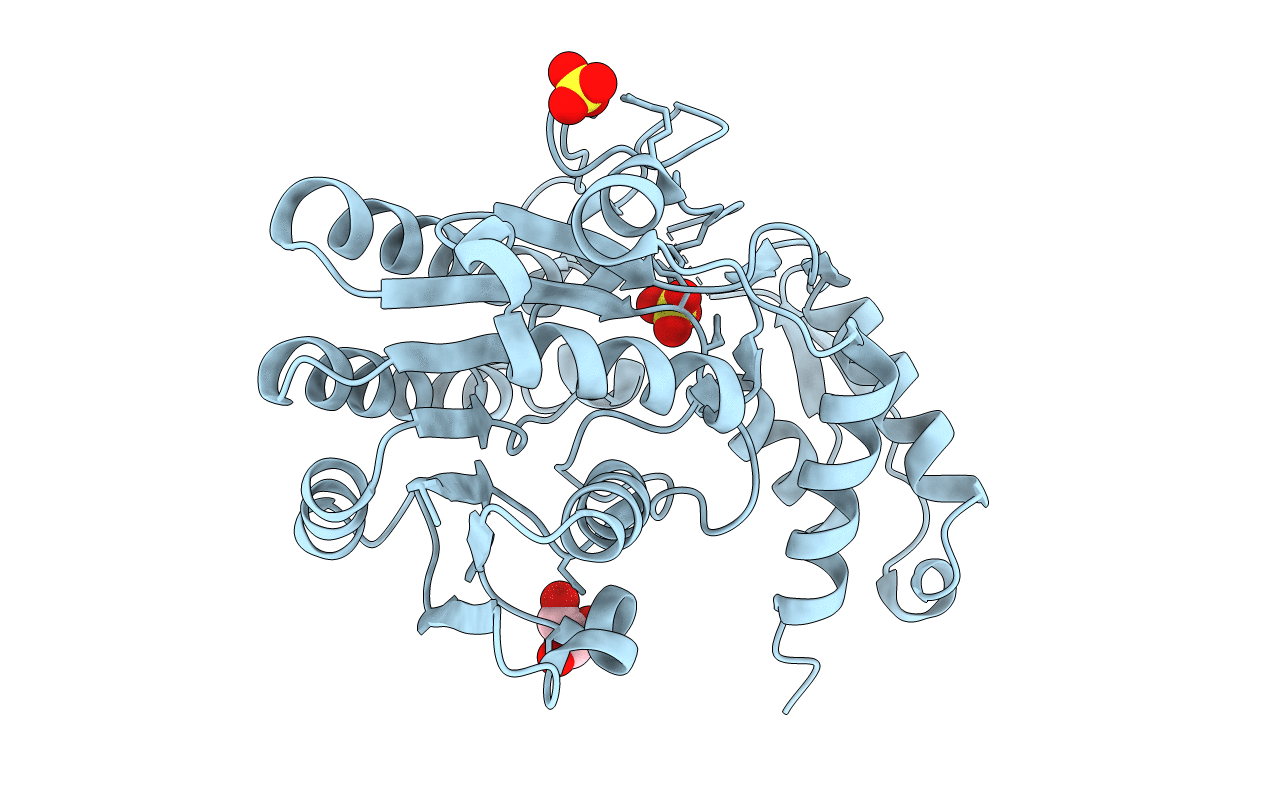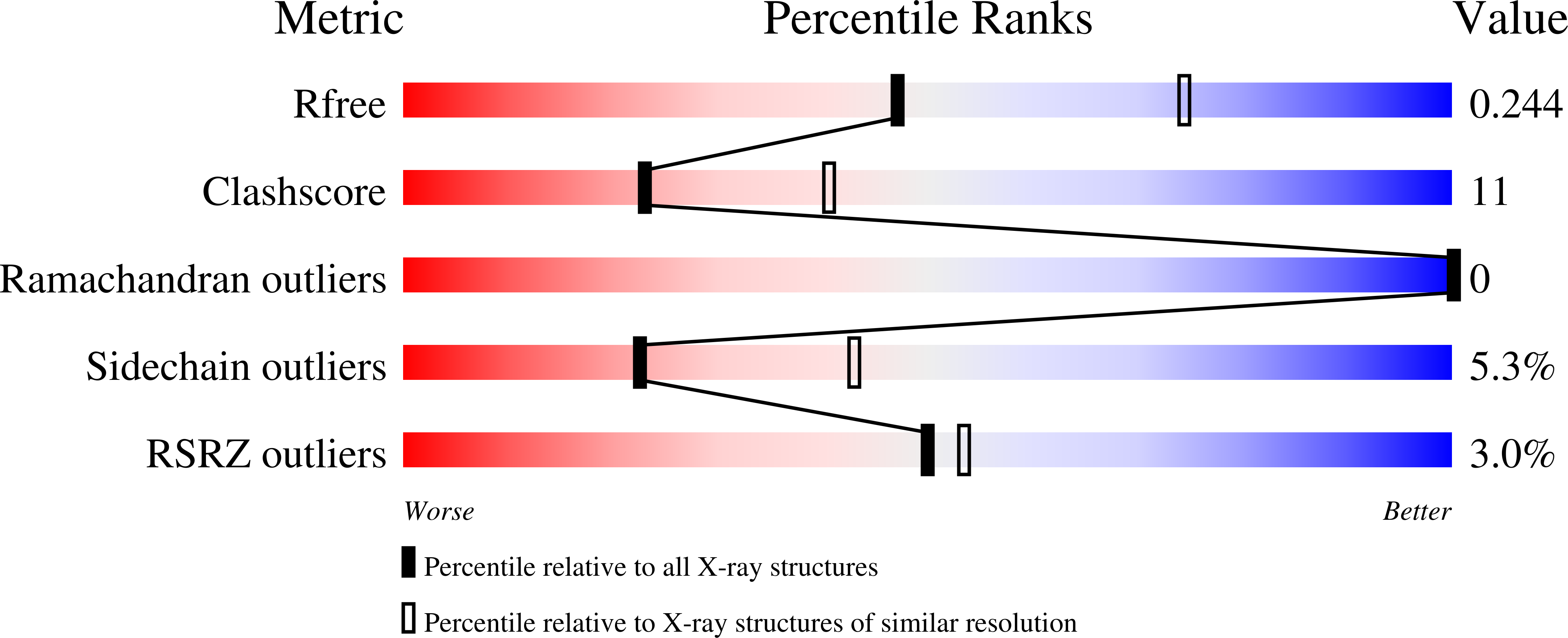
Deposition Date
2005-03-24
Release Date
2005-06-07
Last Version Date
2023-08-23
Entry Detail
PDB ID:
1Z73
Keywords:
Title:
Crystal Structure of E. coli ArnA dehydrogenase (decarboxylase) domain, S433A mutant
Biological Source:
Source Organism:
Escherichia coli (Taxon ID: 562)
Host Organism:
Method Details:
Experimental Method:
Resolution:
2.50 Å
R-Value Free:
0.24
R-Value Work:
0.20
R-Value Observed:
0.20
Space Group:
P 41 3 2


